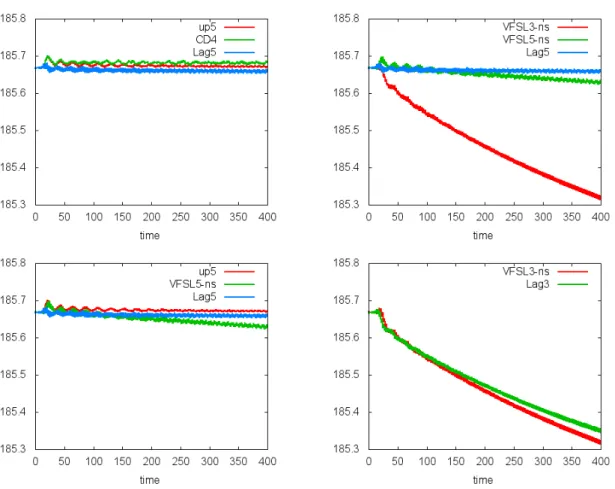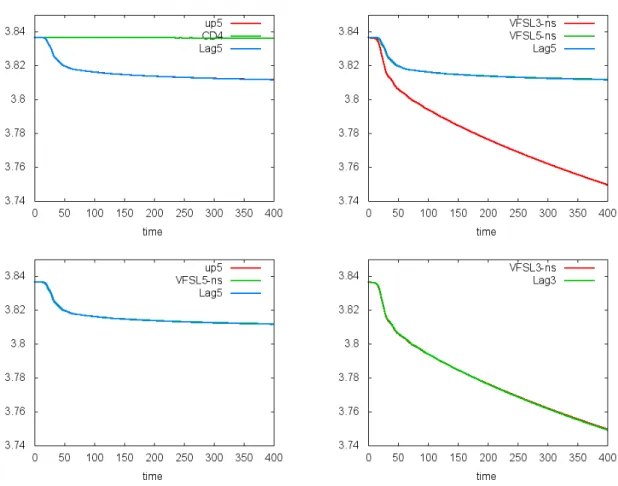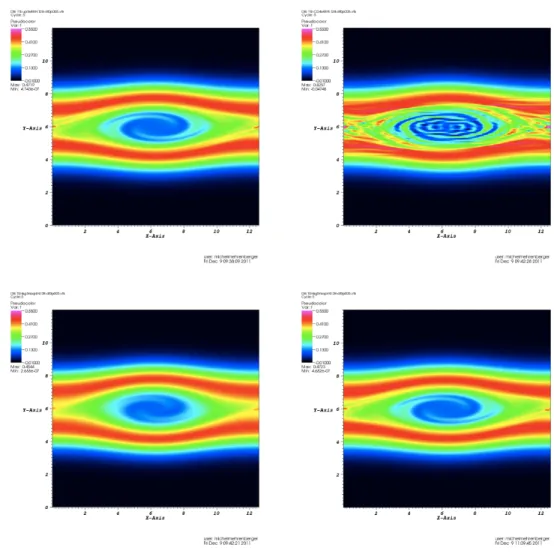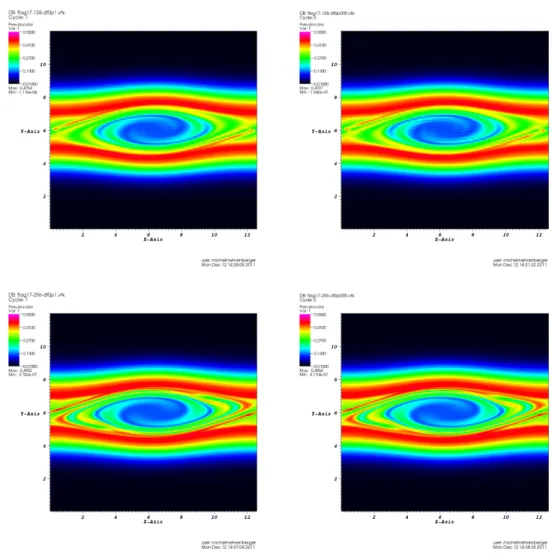Finite Volume Schemes for Vlasov
Texte intégral
Figure


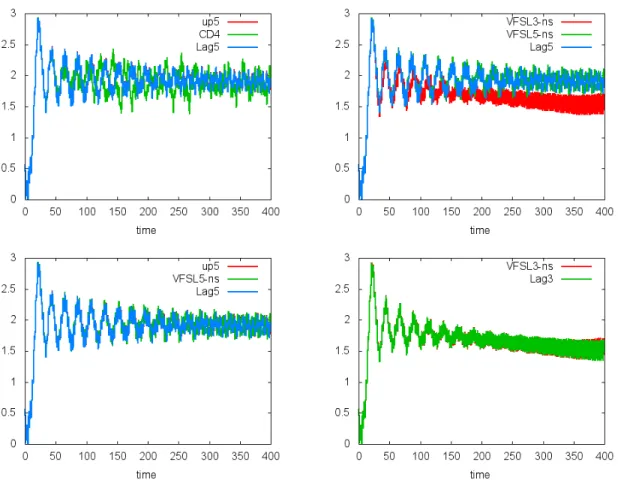
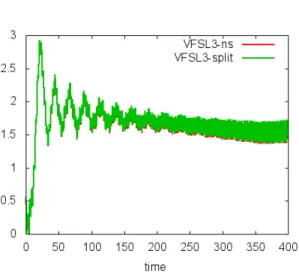
Documents relatifs
In the following we present several schemes based on Adams-Moulton and Adams-Bashforth time discretization techniques applied in the framework of backward semi-Lagrangian methods..
0.4.2 Chapitre 2 : Simulations num´ eriques de l’´ equation de Burgers non visqueuse avec des conditions aux limites p´ eriodiques et un terme source stochastique 6 0.4.3 Chapitre 3
Then we compare the numerical results with the one obtained by the mixed Semi-Lagrangian/finite difference method, where large time step (CFL > 1) is used for the
Nitsche’s method has been widely applied during these last years to problems involving linear conditions on the boundary of a domain or in the interface between sub-domains: see,
The outline is as follows: in section 2, the use of adaptive strategies for approximating solutions of non uniform smoothness - already described by many authors in the context
We consider the initial value problem with periodic boundary conditions for the Bona-Smith systems (2.7) with known solitary wave solutions (2.8) – (2.9) to study the accuracy of
As the activities in buildings change and new combinations of activities encourage non-traditional building forms, a sound basis is neces- sary t o predict the
Après l’entrée en phase S, l’activation des kinases CDK et DDK permet le recrutement d’autres protéines au niveau du pre-RC pour former le pre-IC (pre-Initiation Complex),
